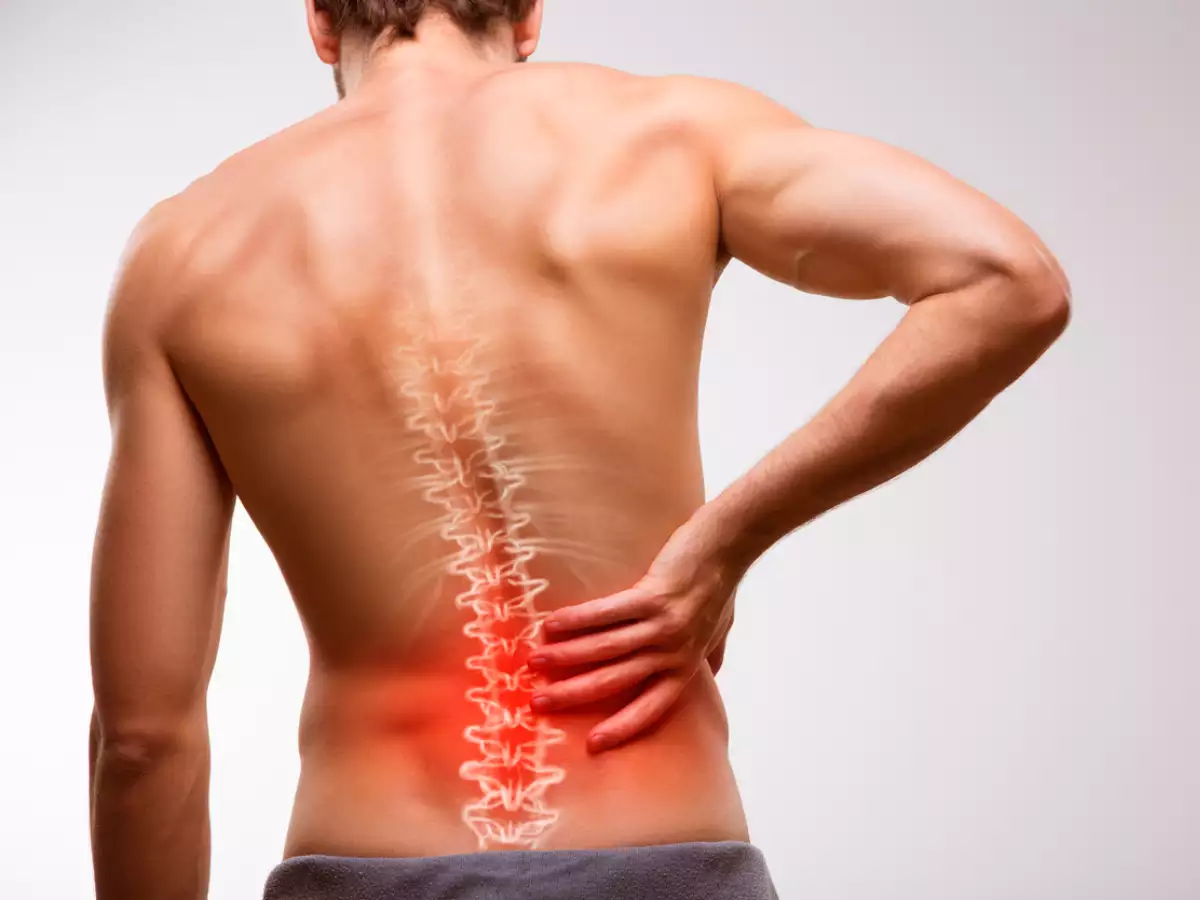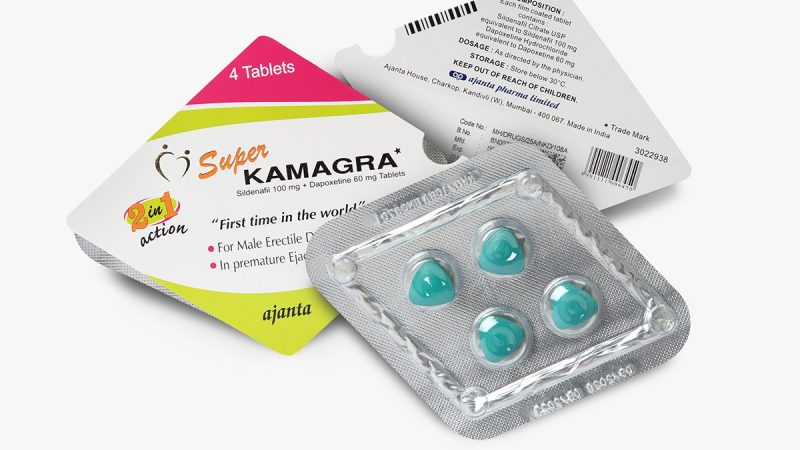Common Myths about Spondylitis

At the time of a diagnosis, it is easy to be swayed by whatever information is available. However, hearsay is sometimes more alarming than facts, and hearing information from unreliable sources may cause needless anxiety. There are numerous misconceptions about Shrewsbury spondylosis, many of which are not grounded in reality. This page compiles a list of some of the most widespread myths about the illness to assist you separate reality from fiction. If you know the facts regarding Ankylosing Spondylitis (AS), you can make better choices and improve your quality of life.
Ankylosing spondylitis is just back pain
Because AS is a systemic illness, it may manifest itself in various ways throughout the body, including in the joints and organs. Pain and inflammation in the low back and buttocks are typical, but they may spread to other body parts, including the hips, hands, and even the heart, lungs, and eyes. People with AS, like other illnesses that affect the immune system, often experience substantial weariness. It may negatively affect their ability to sleep, cognitive performance, and emotional well-being.
Incidences of ankylosing spondylitis are quite low
A more prevalent condition than you would imagine is ankylosing spondylitis. Spondyloarthritis is a collection of inflammatory illnesses that causes inflammation in the spine, joints, and places where ligaments and tendons connect to bone. The SAA estimates that at least 3.2 million individuals in the United States have some spondyloarthritis. One kind of spondyloarthritis is ankylosing spondylitis, which predominantly affects the spine. However, the SAA adds that these figures are based on earlier data that did not cover all forms of spondyloarthritis. They predict that future studies will likely place the correct numbers of ankylosing spondylitis at about or over 6.4 million U.S. people.
Diseases like AS don’t affect young individuals.
Most people tend to associate arthritis with age. However, you are not alone if you are under 25 and diagnosed with AS. The average onset age for AS symptoms is between 17 and 45. In addition to adults, it may also affect the elderly. It is not a natural part of getting older and is not your fault.
Diagnosis of AS is straightforward
The diagnosis of AS is made after considering many factors, such as the patient’s symptoms, the results of a physical examination and imaging studies, blood inflammation levels, genetic markers, and family history. Sacroiliac (SI) joint inflammation is characteristic of AS. It is important to note that each individual with AS will have a unique presentation, making it impossible to use uniform diagnostic criteria.
Rest is one of the most effective treatments to alleviate ankylosing spondylitis discomfort
Ankylosing spondylitis pain is unique in that it worsens while resting and improves when moving about, although most other kinds of back pain feel better after sitting for long periods. One of the finest things you can do for your ankylosing spondylitis is exercise. The Spondyloarthritis Association (SAA) claims that regular exercise may assist those with spondyloarthritis deal with the disease by reducing symptoms such as stiffness, discomfort, exhaustion, and loss of function.
Your AS’s long-term course is difficult to foresee at this time. Lifelong disease management is a certainty. Managing your illness requires excellent medical care, exercise, and medication. Your health and well-being will benefit from taking the time to learn as much as you can about this disease.







